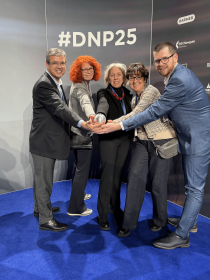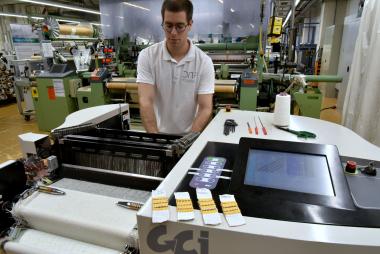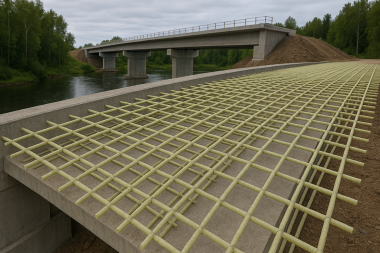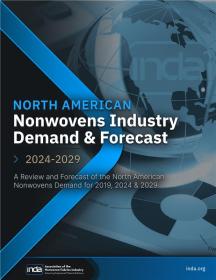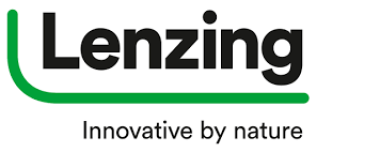ECHA observes a fall in hazardous chemicals trade in 2024
Based on the annual data reported by Member States to the European Chemicals Agency (ECHA) under the Prior Informed Consent (PIC) Regulation, the decline is mainly due to reduced volumes of exports and imports of substances containing benzene.
ECHA’s annual report on exports and imports of chemicals that are banned or severely restricted in the EU shows that substances containing benzene accounted for approximately 51% (1.1 million tonnes) of total exports and 99% (30 million tonnes) of total imports of PIC chemicals in 2024. In 2023, 64 million tonnes of substances containing benzene were exported, with imports reaching 65 million tonnes. The decrease in their trade has led to a 97% reduction in overall export volumes and a 53% reduction in overall import volumes.
If substances containing benzene are excluded from the data, the report shows a slight increase in hazardous substance trade. Exports of other PIC chemicals increased by 7% from approximately 1.03 million tonnes in 2023 to 1.1 million tonnes in 2024. Imports of other PIC chemicals rose by 2% from approximately 378 000 tonnes in 2023 to 387 000 tonnes in 2024.
The top traded chemicals were largely similar to previous years, with substances containing benzene, benzene itself and ethylene dichloride (1,2-dichloroethane) dominating both exports and imports.
In 2024, pesticide exports increased by 34% (from approximately 173 000 to 232 000 tonnes), after two consecutive years of decline. The main contributor to this increase was chlorate, which accounted for 24% of the overall rise.
Background
Exports - 553 companies from 24 EU countries provided data to ECHA on the exports of PIC chemicals from the EU in 2024. Three EU countries (Cyprus, Luxembourg and Malta) and the United Kingdom (Northern Ireland) declared that they had not exported PIC chemicals.
Imports - 226 companies from 23 EU countries submitted data on imports of PIC chemicals into the EU in 2024. Four EU countries (Cyprus, Lithuania, Luxembourg and Malta) and the United Kingdom (Northern Ireland) declared that they had not imported PIC chemicals.
Article 10 of the PIC Regulation requires importers and exporters to give information about the annual trade of chemicals listed in Annex I to the regulation to their designated national authorities by 31 March of the following year. Each EU country must then provide the aggregated information to ECHA so that it can be summarised at EU level and non-confidential information can be made publicly available.
European Chemicals Agency




